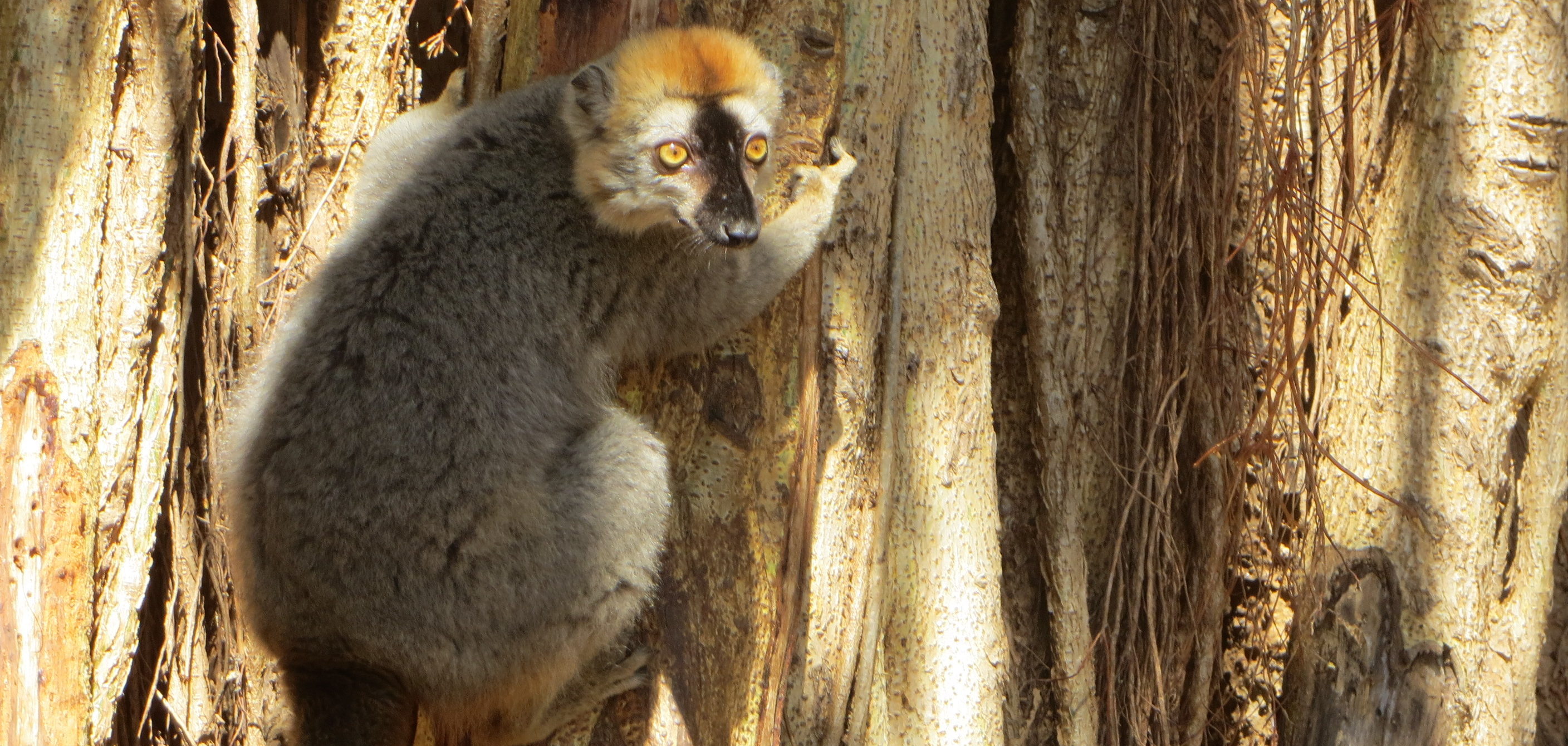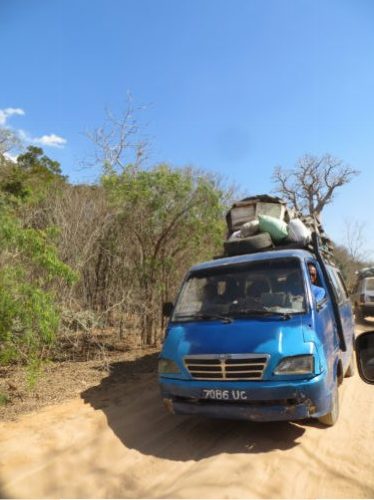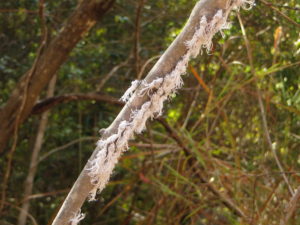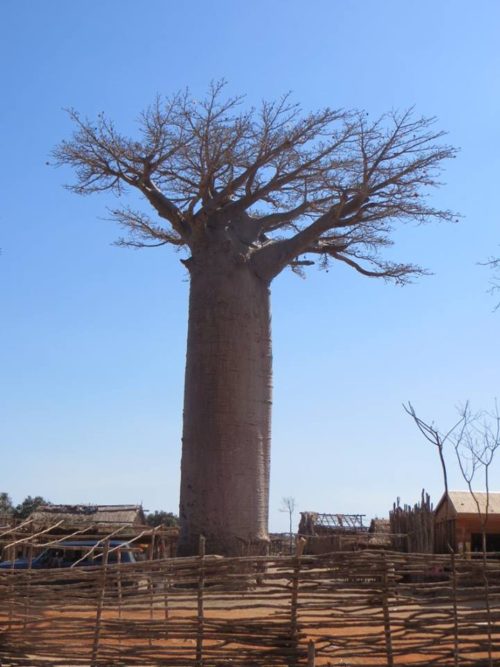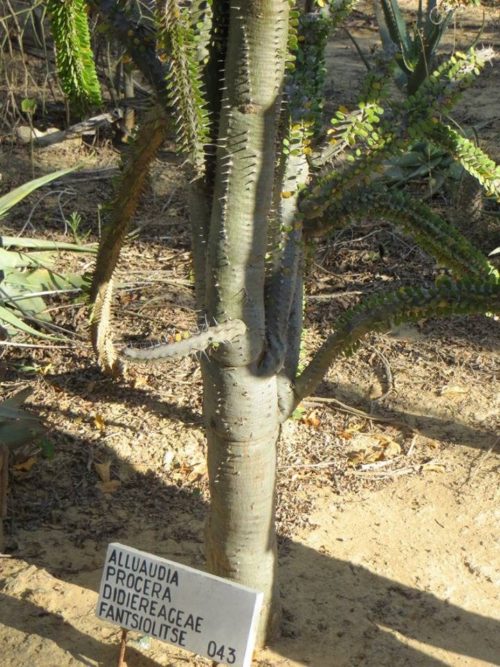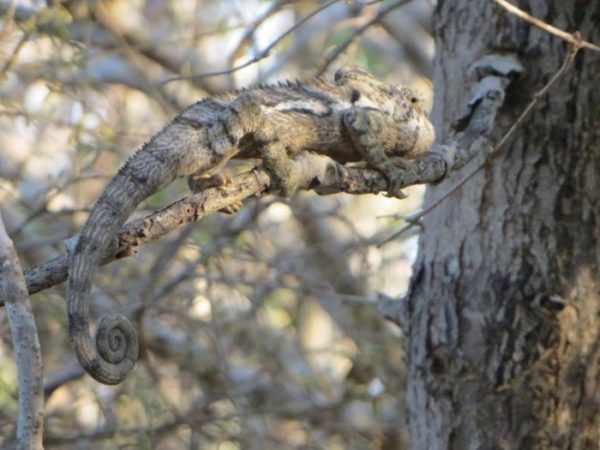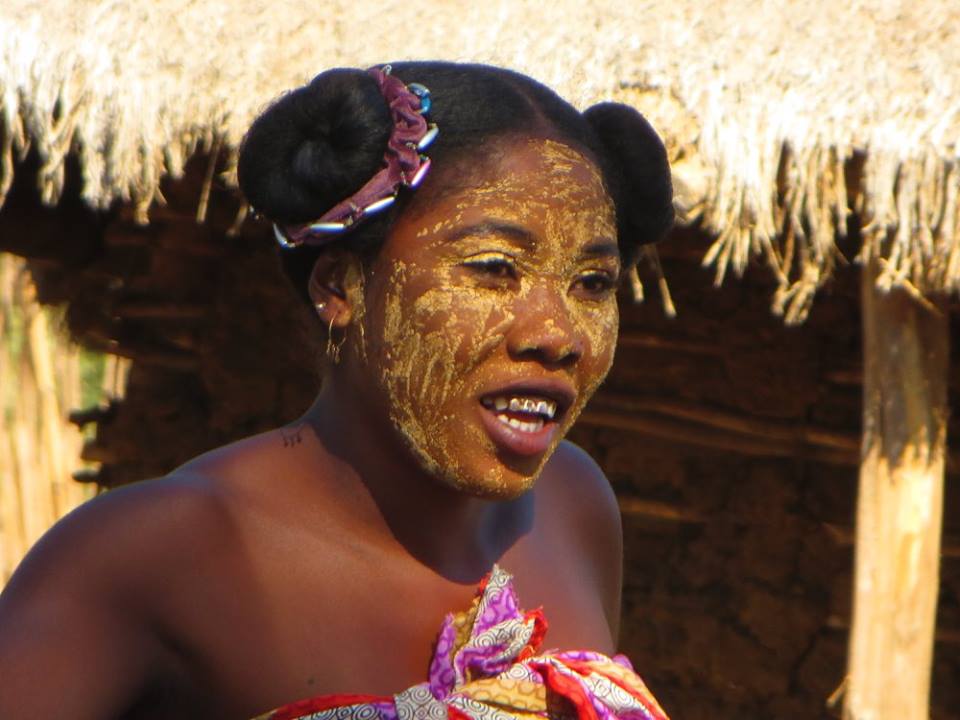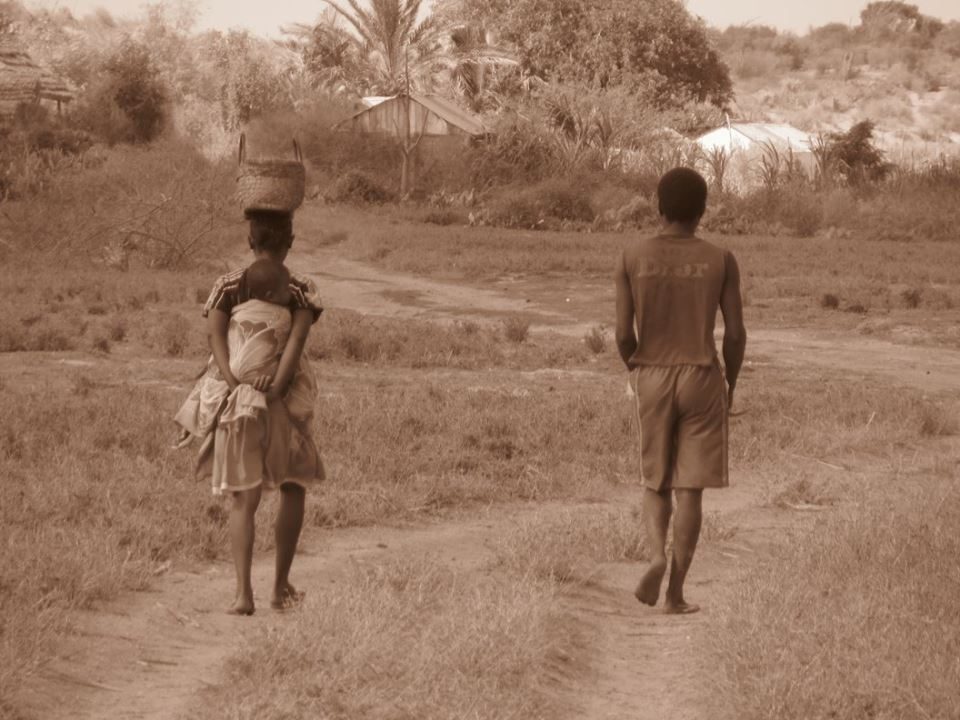Madagascar was always high on my travel list. Because of its remoteness and unique flora and fauna, it is a dream destination for every naturalist and nature lover.
Three years ago, I finally got an opportunity to visit Madagascar. I got a position as a reforestation research assistant for an NGO called Madagascar Biodiversity Partnership in a small village of Ambolohosy sud, (near Kianjavato) on RN 25, in the Southeastern part of Madagascar. I spent five fabulous months there, and my fascination with this island just became stronger. Not just because of its fabulous flora and fauna, but also because of the kindness of its inhabitants. My fascination for Madagascar has never ceased, and I returned for a visit this summer (2016).
Many people that visit Madagascar wonder why Madagascar is so special in terms of biodiversity. Why is it often called the eighth continent?
Isolated for around 80 million years, Madagascar is the oldest island on the earth. Because of such a long isolation, its natural history is unique and Madagascar’s flora and fauna are so different from anywhere else on Earth that Madagascar is often called the eighth continent. 70% of its animals and 90% of the plants are endemic. Even the island is the size of France it hosts 5% of all known animal and plant species! There are over 200 000 different species on the island; almost 1000 species of orchids, thousands of species of succulents, at least 350 amphibian species, around 370 species of reptiles, around 300 bird species, almost 200 different mammal species and an estimation of around 100,000 insect species!
Two factors are crucial for such high biodiversity; its close proximity to the Equator and its habitat variety; it ranges from the rainforests to the deserts, encompassing mountains, mangroves and riverine forests. Madagascar has been designated as a ‘Biodiversity Hotspot’ by Conservation International. Biodiversity hotspots cover less than 1% of the earth’s surface, yet they are home to well over half of its plant and animal species.
Considering flora, eight out of ten floral species are endemic to Madagascar. Baobabs are the most known tree species in Madagascar, an emblem of Madagascar. There are seven species spread on the west coast of Madagascar; six species are endemic and the seventh species Adansonia digitata is also found on the African continent.
In the southern part of the island, there is an entire endemic floral ecosystem, called the spiny desert, with 95% endemism. Members of the endemic Didiereaceae family (e.g. Octopus tree) are the most dominant together with Euphorbia and Pachypodium genus.
Lemurs are the most well-known animal species of Madagascar, but there is a whole range of interesting and unique creatures: giant cockroaches that hiss, lizards that scream, the leaf-tailed gecko that looks like a branch, the weird looking giraffe-necked weevil, and half the world’s chameleons. We should not forget to mention tortoises and frogs.
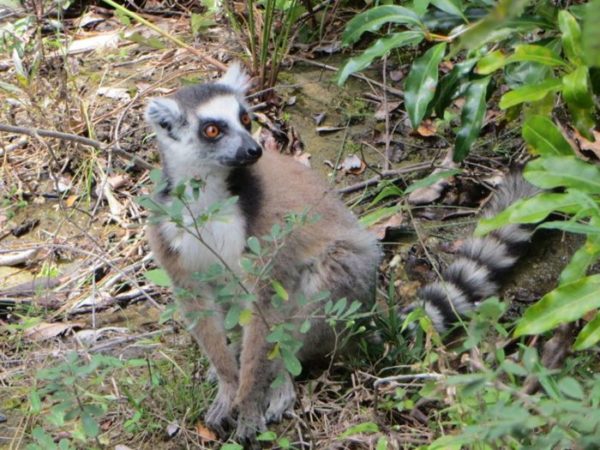 Ringtailed lemur (Lemur catta)
Ringtailed lemur (Lemur catta)
The human world is also exceptional. Even though the coasts of Africa are just 400 km from Madagascar, the first people that settled in Madagascar arrived from Indonesia 2000 years ago. Later, the settlers from Africa arrived, so the Malagasy culture is a mix of both. The African culture brought the cattle obsession and the Asian introduced terraced ride paddies and ancestor worship. There are also Arabian, South Indian and European influences. In total, there are 18 officially recognised tribes in Madagascar.
Do not miss Madagascar, a wonderful and unique island waiting to be explored!
Sources: Brad Travel Guide 2013, Lonely Planet Travel Guide Madagascar 2016, Madagascar the eighth continent by Peter Tyson
